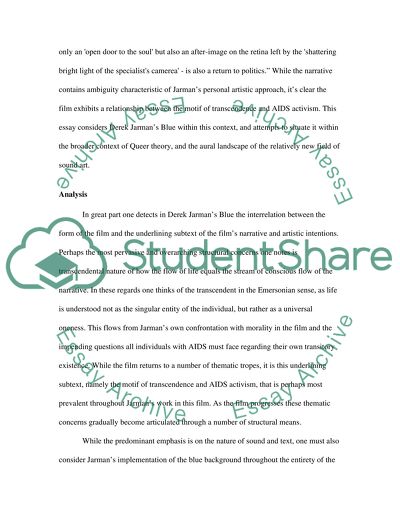Cite this document
(“Derek Jarmans Blue Essay Example | Topics and Well Written Essays - 2000 words”, n.d.)
Retrieved from https://studentshare.org/environmental-studies/1404685-derek-jarmans-blue
Retrieved from https://studentshare.org/environmental-studies/1404685-derek-jarmans-blue
(Derek Jarmans Blue Essay Example | Topics and Well Written Essays - 2000 Words)
https://studentshare.org/environmental-studies/1404685-derek-jarmans-blue.
https://studentshare.org/environmental-studies/1404685-derek-jarmans-blue.
“Derek Jarmans Blue Essay Example | Topics and Well Written Essays - 2000 Words”, n.d. https://studentshare.org/environmental-studies/1404685-derek-jarmans-blue.


